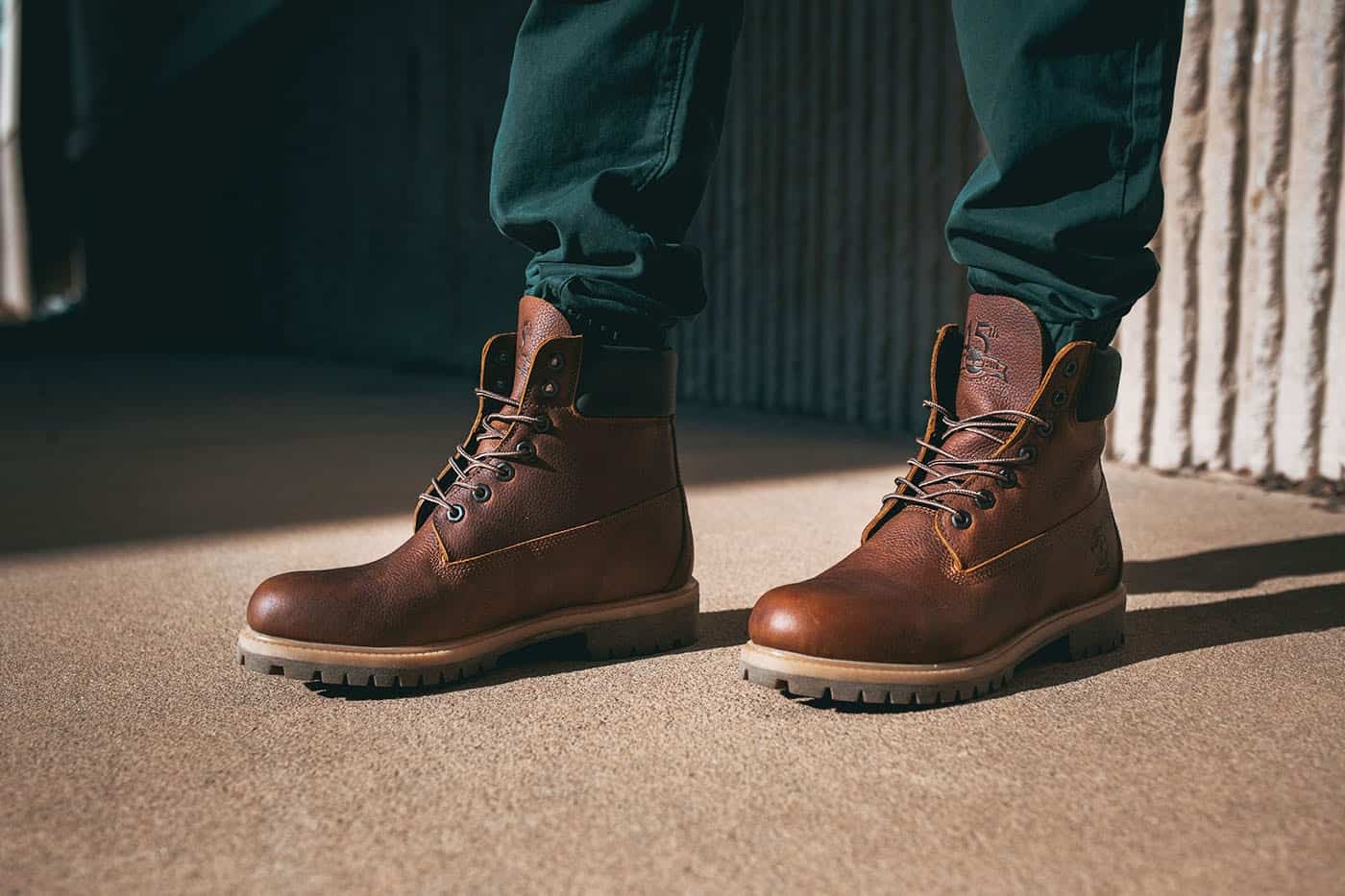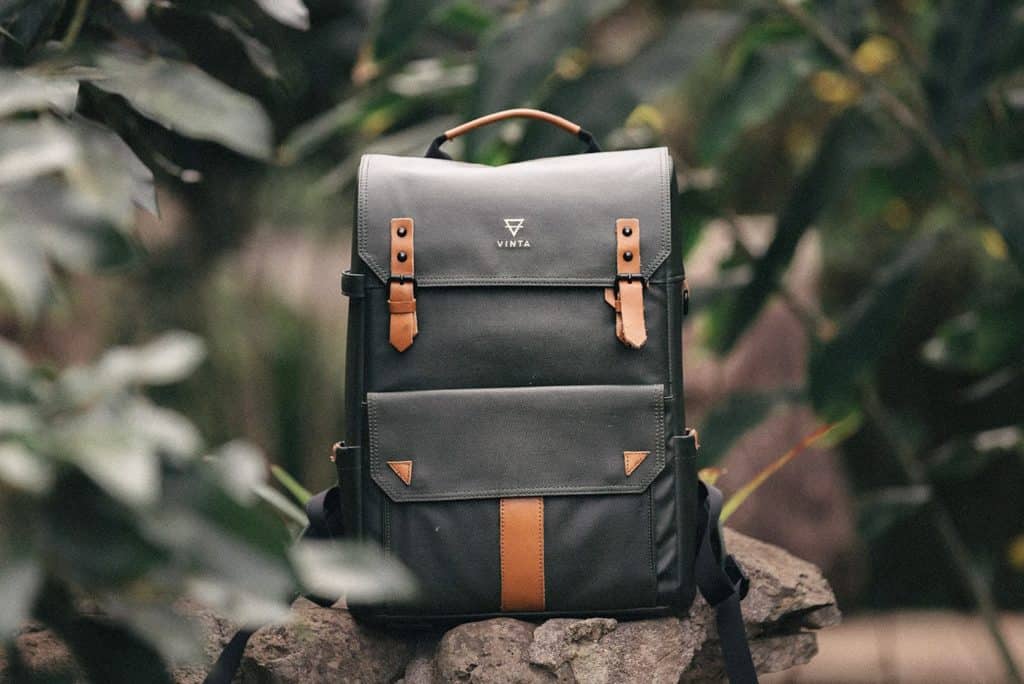# The Ultimate Guide for Taking Care of Your Big Three
The Ultimate Guide for Taking Care of Your Big Three. In the world of hiking and backpacking, the “Big Three” refers to your backpack, shelter, and sleeping system. These three items are critical components of your gear, and their proper care can make a significant difference in your comfort, safety, and overall hiking experience. This ultimate guide will provide you with essential tips and strategies for taking care of your Big Three, ensuring they remain in top condition for all your adventures.
## 1. Taking Care of Your Backpack: The Ultimate Guide for Taking Care of Your Big Three
The Ultimate Guide for Taking Care of Your Big Three. Your backpack is the cornerstone of your hiking gear. It carries everything you need and must be comfortable, durable, and well-maintained.
### Choosing the Right Backpack: The Ultimate Guide for Taking Care of Your Big Three
– **Fit and Comfort:** Ensure your backpack fits well and distributes weight evenly. Visit a reputable outdoor store for a professional fitting.
– **Capacity:** Choose a backpack with sufficient capacity for your trips. Typically, 50-70 liters is suitable for multi-day hikes.
### Maintenance Tips: The Ultimate Guide for Taking Care of Your Big Three
– **Clean Regularly:** Remove dirt and debris after each trip. Use a mild soap and warm water to clean the fabric. Avoid harsh chemicals that can damage the material.
– **Inspect for Damage:** Check for tears, frayed straps, or broken buckles. Repair minor issues immediately to prevent them from worsening.
– **Store Properly:** Store your backpack in a cool, dry place. Avoid leaving it in direct sunlight or damp environments, which can degrade the fabric and cause mold.
### Packing Tips
– **Distribute Weight Evenly:** Pack heavier items closer to your back and towards the center. This helps maintain balance and reduces strain.
– **Use Compartments:** Utilize your backpack’s compartments and pockets to organize gear efficiently. This makes accessing items easier and keeps the weight balanced.
## 2. Taking Care of Your Shelter
Your shelter provides protection from the elements and is crucial for a good night’s sleep.
### Choosing the Right Shelter: The Ultimate Guide for Taking Care of Your Big Three
– **Type:** Decide between a tent, hammock, or tarp based on your preference and the conditions you’ll encounter.
– **Material:** Opt for durable, lightweight materials like silnylon or Dyneema for tents and tarps.
### Maintenance Tips
– **Clean and Dry:** After each trip, clean your shelter to remove dirt and debris. Always dry it thoroughly before storage to prevent mold and mildew.
– **Check Seams and Zippers:** Inspect seams for leaks and zippers for smooth operation. Seam seal and lubricate zippers as needed.
– **Repair Kits:** Carry a repair kit on hikes. Patches, seam sealer, and spare parts can be lifesavers in the field.
### Storage Tips
– **Store Loosely:** Avoid storing your tent or tarp tightly compressed for long periods. Use a large storage sack to allow the fabric to breathe.
– **Cool, Dry Place:** Store your shelter in a cool, dry location away from direct sunlight to prevent material degradation.
## 3. Taking Care of Your Sleeping System
Your sleeping system includes your sleeping bag or quilt and sleeping pad, which are essential for warmth and comfort.
### Choosing the Right Sleeping System:The Ultimate Guide for Taking Care of Your Big Three
– **Sleeping Bag or Quilt:** Select based on the expected temperatures and your sleeping preferences. Down bags are lightweight and compressible, while synthetic bags handle moisture better.
– **Sleeping Pad:** Choose a pad with the right balance of comfort, insulation, and weight. Inflatable pads offer excellent comfort, while closed-cell foam pads are durable and reliable.
### Maintenance Tips
– **Clean Regularly:** Wash your sleeping bag or quilt according to the manufacturer’s instructions. Use a gentle detergent designed for technical fabrics.
– **Dry Thoroughly:** Ensure your sleeping bag or quilt is completely dry before storage to prevent mold growth.
– **Check for Damage:** Inspect for rips or leaks. Repair small tears and patch leaks in inflatable pads promptly.
### Storage Tips
– **Store Loosely:** Store your sleeping bag or quilt in a large, breathable storage sack to maintain loft. Avoid long-term compression.
– **Protect from Moisture:** Store in a dry place. Use a dehumidifier if necessary to keep the storage area dry.
## Conclusion
Proper care of your Big Three – your backpack, shelter, and sleeping system – is crucial for a successful and enjoyable hiking experience. Regular maintenance, careful packing, and mindful storage will extend the life of your gear and ensure it performs optimally on every adventure. By following these tips, you’ll be well-prepared to tackle the trails with confidence and comfort. Happy hiking! The Ultimate Guide for Taking Care of Your Big Three







Leave a Reply